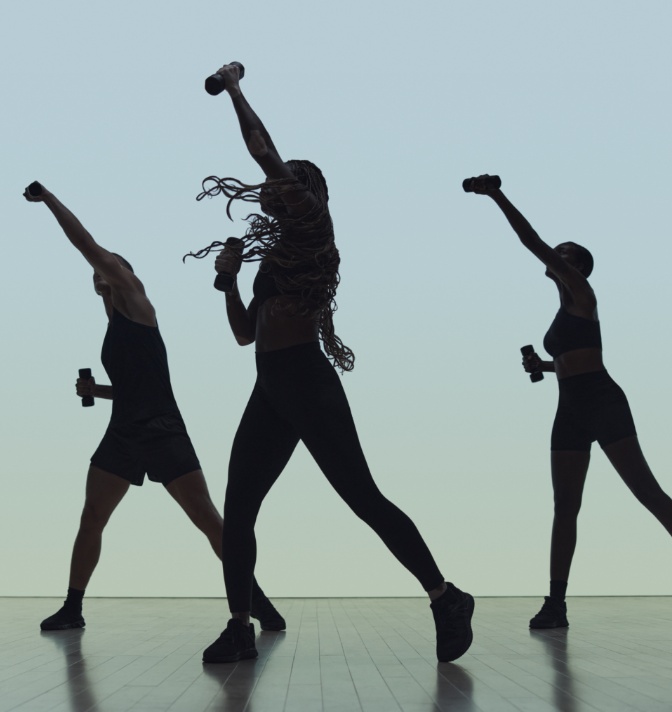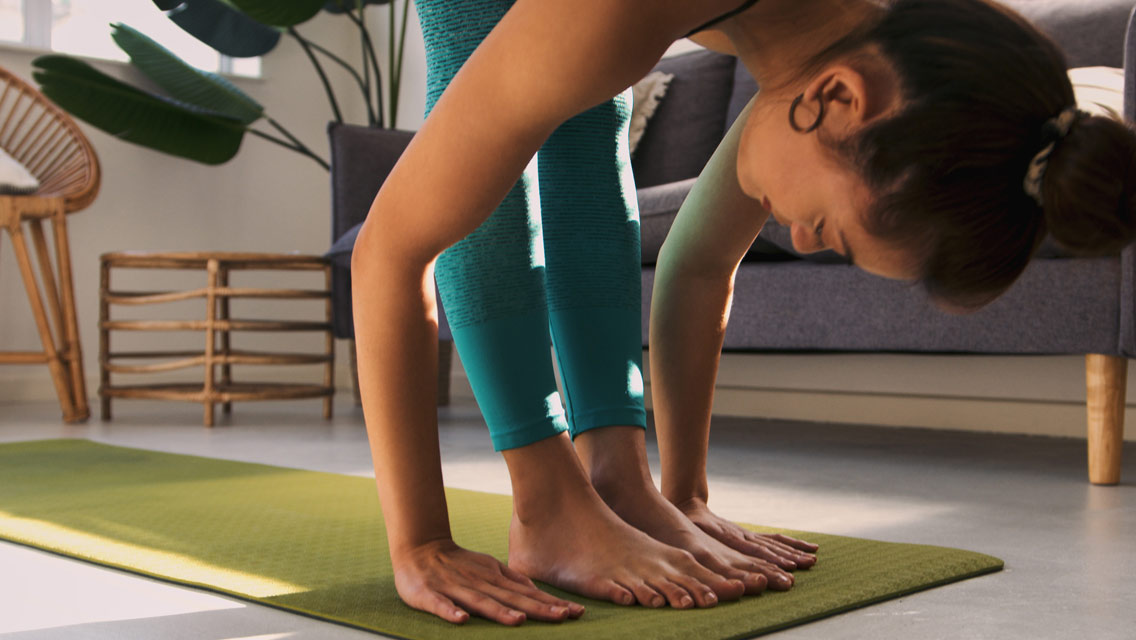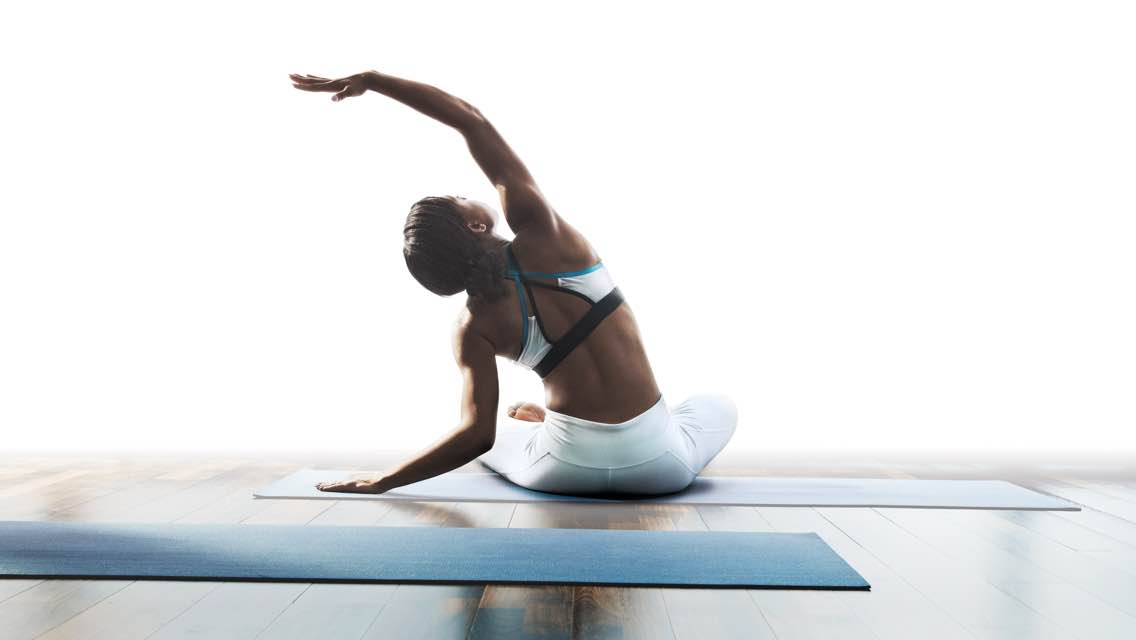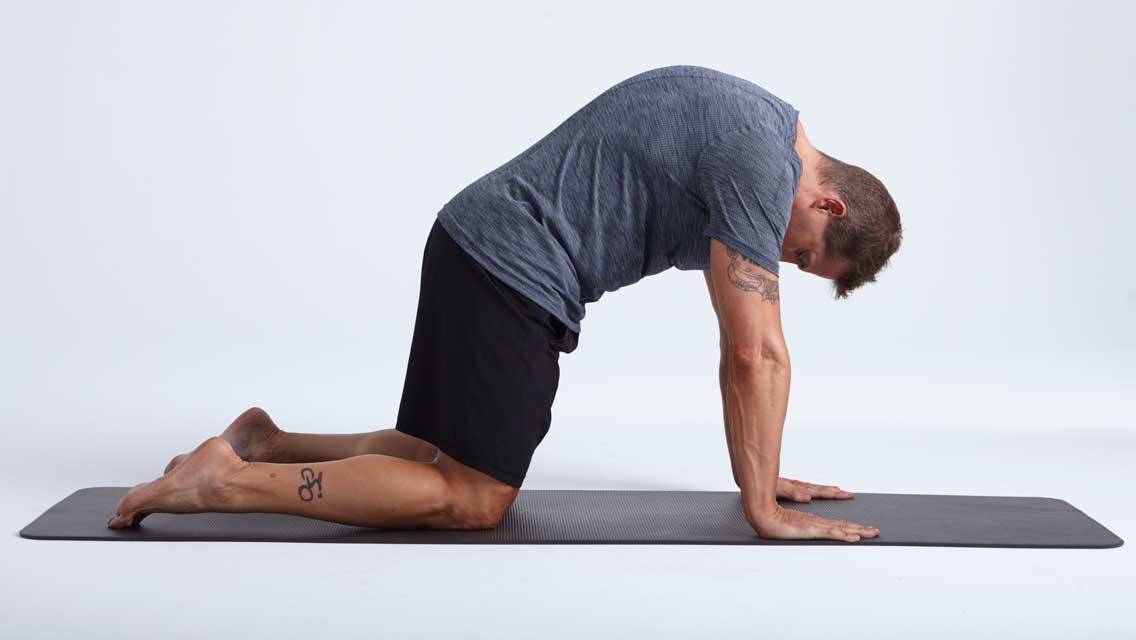For many people, yoga is a lifestyle that transcends stereotypes around how to dress, what to eat, and whom to hang out with. The benefits they find on the mat can support physical and mental improvements elsewhere in daily life.
“It’s ironic that yoga is categorized as a fitness activity because, honestly, it’s not a fitness activity — it’s a spiritual life path and lifestyle,” says body-positive yoga teacher Jessamyn Stanley, author of Every Body Yoga: Let Go of Fear, Get On the Mat, Love Your Body. “Yes, the asanas are excellent physical exercise, but the lessons and inner growth that they offer, in matters both on and off the yoga mat, far transcend even the best benefits of a dedicated fitness regimen.”
Yoga is more popular than ever — and there’s a good chance you are one of millions of Americans who have a practice of some kind. Maybe you have a dedicated asana regimen, or maybe you jump into a class when you feel a need to ease your stress and anxiety, boost your strength and mobility, or simply improve your quality of life.
Yoga can also help you develop a lifelong-learner mindset. No matter how often you make time for it, the first step in improving any yoga practice is to recognize that it is just that — practice. Let go of the misconceptions that you need to be flexible, that you need to perfect a pose, or that the experience will ever be the same from one day to the next.
Tuning in to your practice begins with noticing your breath.
“The word ‘yoga’ means ‘union,’ and it starts with breathing,” says Tory Schaefer, Life Time’s national director of yoga operations. “The poses are secondary. Your breath is there to help you become connected.”
To help foster these connections — between breath and body, between your hour on the mat and the other 23 hours in your day — be honest with yourself about your unique abilities, limitations, preferences, and needs.
A yoga practice can have endless variations depending on the style, the instructor’s background and cueing, the use of props, and even the temperature in the room. This makes yoga one of the most accessible, and adaptable, forms of movement.
“So many people say, ‘I can’t do yoga,’” says Minneapolis-based yoga instructor Jennifer Worley. “But yoga can help if you’re an athlete looking for greater range of motion in your sport, or if you sit at a desk all day and are looking to fix imbalances.”
These lessons can help you refine your personal practice.
Lesson 1: Find Your Breath
Yoga begins with the breath, which can send a signal to your body to relax and let go of unnecessary tension, explains Schaefer. “Your body says, ‘I’m OK,’ and you’re able to release gripping in muscles.”
That said, breathing is an easy aspect of yoga to overlook. “Connecting movement and breath can be really hard for people,” says Worley. Many people focus on only the physical movement or hold their breath.
Diaphragmatic breathing, a deep-breathing pattern cued in most yoga practices, slows the heart rate and supports the nervous system’s parasympathetic response. Focus on exhaling through difficult transitions and while moving deeper into a pose.
• Inhale deeply through your nose, filling your belly as your rib cage expands across the front, back, and sides of your body. Keep the chest and shoulders still.
• Exhale (either through pursed lips or through your nose), and notice your belly draw back inward.
• As you master the deep inhales, turn your focus to gradually prolonging each exhale, aiming to make your exhale slightly longer than the length of the corresponding inhale. If you inhale for a count of six, aim to exhale for eight.
Lesson 2: Find Your Alignment
“Alignment” refers broadly to how a pose is performed to maximize benefits and minimize injuries. Though requirements will depend on body type — trial, error, and working with a teacher will help determine best-for-you form — there are some fundamentals:
• Find your base. Both your feet and your hands can serve as your base, depending on the pose.
• Stack your joints. This will depend on the specific pose, but in warrior II (virabhadrasana II), for example, the front knee is stacked over the ankle and the shoulders are stacked over the hips.
• Keep your neck in line with your spine. Think of your neck as an extension of your spine and avoid bending or twisting it as a separate limb. For instance, in backbends, avoid forcing your head back to deepen the bend.
Lesson 3: Let Go of Perfection
In yoga, there is no perfect — there is only progress. And making progress, many teachers agree, requires meeting yourself where you are each time you practice. No two asana sessions will ever be the same, and the look and feel of a single pose might vary from one day to the next.
“Physically, one of the best things that can come from a yoga practice is self-acceptance, including acceptance of what’s happening in your body and where your body can go,” says Schaefer.
Self-acceptance goes hand in hand with self-exploration. Try different styles of yoga as well as teachers with various backgrounds. (For help deciding what yoga style might suit you best, see “How Do I Choose the Right Style of Yoga for Me?“.)
Props, such as a strap, blocks, bolsters, or blankets, can support your body, make certain poses more accessible or more challenging, or simply change your sensation of what is being stretched or engaged.
But Schaefer suggests that you seek guidance before using props and avoid using them to make a pose look a certain way. “No matter what you think a pose is supposed to look like, focus on how it feels,” he advises. “Be playful with your practice. See where your body can go, and then supplement your practice with a prop” as needed.
“Don’t feel like you need to make excuses for your body or who you are,” says Stanley. “Yoga is here for you, regardless of what’s going on in your physical body or whatever anyone else wants you to think or feel about yourself.”
There are an increasing number of classes and spaces dedicated to people of color, women, LGBTQIA+ people, people with disabilities, people who have experienced trauma, people who have financial limitations, and others who might not be comfortable in a mainstream studio. (For a reminder that yoga truly is for every body, see “Every Body Is a Yoga Body.”)
Lesson 4: Know Your Boundaries
Many yoga teachers offer the option of hands-on assists or adjustments to support and enhance a pose for beginners and experienced practitioners alike.
Still, hands-on assistance is not required to get the most out of a yoga class. In fact, for some people, touch in that form does not feel comfortable or safe — and that is OK. If you are not comfortable with being touched, feel free to communicate this to your instructor.
Some studios have forms or consent cards that students can fill out with their preferences around touch.





This Post Has 0 Comments